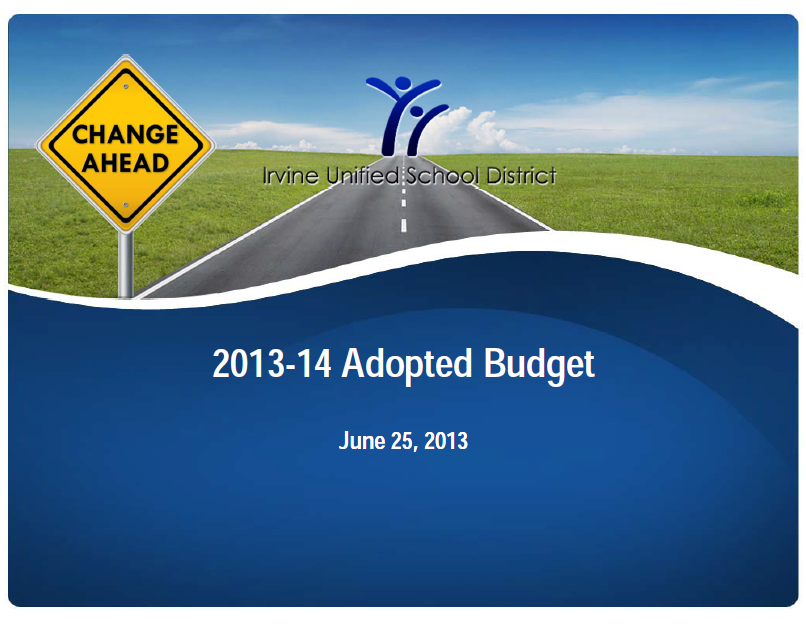
The IUSD Board of Education voted to adopt a budget for the 2013-14 school year on Tuesday night, and for the first time in years the forecast for Irvine and other districts looked relatively bright. John Fogarty, the district’s assistant superintendent of business services, said IUSD’s spending plan was based on the latest projections out of Sacramento, where Governor Jerry Brown and the Legislature recently reached agreement on a brand new funding formula for K-12 education.
